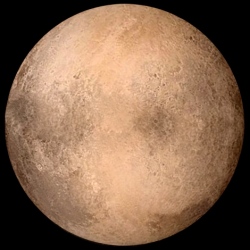
Astronomers have confirmed the existence of planets that have had their atmospheres stripped away by their stars. Planets with atmospheres that orbit too close to their host stars are bombarded by high-energy radiation. The gaseous outer layers are then stripped away, according to the international team of scientists.
Their work appears in the journal Nature Communications. The researchers used data from Nasa’s Kepler space telescope, which was launched to identify and study exoplanets, which circle stars other than our own.
They focused on a category of planet called "super Earths", which are roughly 2-10 times more massive than our own planet. Co-author Dr Guy Davies, from the University of Birmingham, said: "For these planets it is like standing next to a hairdryer turned up to its hottest setting.
"There has been much theoretical speculation that such planets might be stripped of their atmospheres. We now have the observational evidence to confirm this, which removes any lingering doubts over the theory."
The astronomers used a technique called asteroseismology, which probes the internal structure of stars, to confirm the idea. By characterising the host star, the team was able to also determine the precise sizes of the exoplanets around them.
The results of the study have important implications for understanding how stellar systems, like our own Solar System, and their planets, evolved over time – including the role played by the host star.
Dr Davies added: "Our results show that planets of a certain size that lie close to their stars are likely to have been much larger at the beginning of their lives. Those planets will have looked very different."
